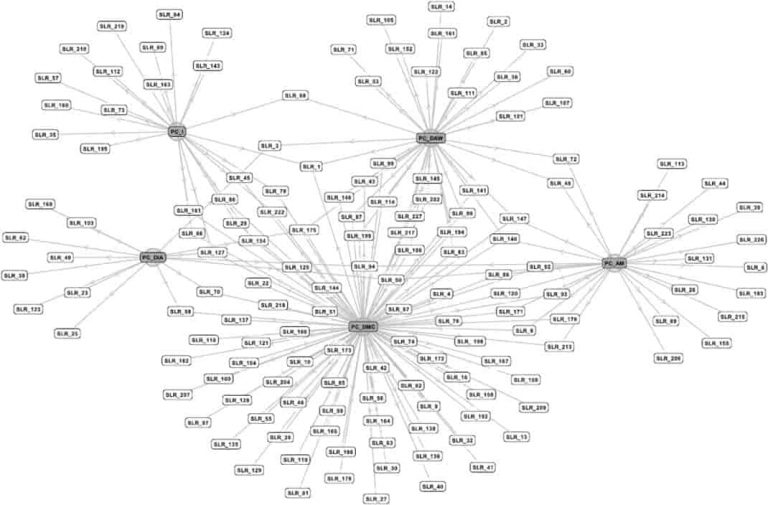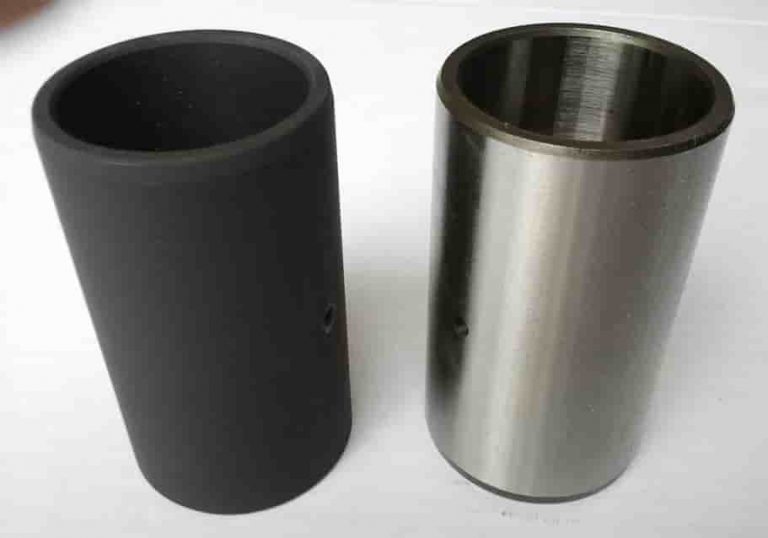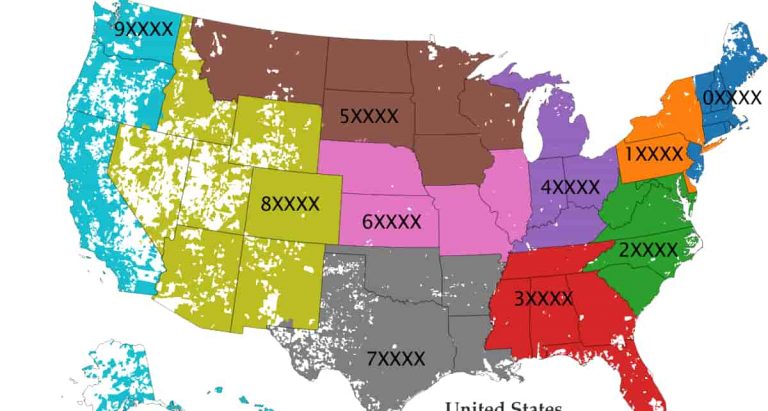5 things to consider when using SVG for your website
Yes, SVG or (scalable vector graphics) play a crucial role in website design today. If you are not currently using SVG images in your web design work, then calculate it now for the best results! People generally use PNG instead of SVG, but SVG files are best described as an XML-based image format for 2D graphics. If you have PNG, use the online PNG to SVG converter, which converts vector PNG images to SVG exactly.
Well, let’s take a look at the reasons why you should use the SVG vector image format.
Permission:
No need to worry about screen size, zoom level, resolution, or whether you have a retina display, it works best. SVG vector files are well known for their paths, shapes, and fills. This is what ensures the final resolution, even dirt, for example, when you create an illustration for print and use forms, the same principles apply! However, using PNG bitmaps means you are limited to pixels, so convert a PNG to a vector SVG image with a free online PNG to SVG converter.
Exactly convert PNG to SVG
Speed:
Typically when serving HIDPI displays, PNG images can be large. It is understood that the larger the file size, the slower it is rendered/loaded. Thus, users usually use the online PNG to SVG converter to convert a PNG bitmap file to an SVG bitmap file. Users usually use PNG images when aiming for transparency in their images – image transparency = wacky file size.
And stupid file size equals longer download times. The SVG file is labeled as simple code, which means very small file sizes. There are a few cases where it can take a while to load SVG files, for example, if you are creating the Eiffel Tower simply as a vector graphic with a million paths and fills, PNG is the best choice!
HTTP Requests: Using traditional PNG means that if you are not base64 encoded, the images must be called external resources in their entirety. All of these PNGs are referred to as an increase in the number of HTTP requests, and this is the reason why the site is slower. SVG vector files are not only smaller, but XML can be embedded in your HTML, completely eliminating HTTP requests and speeding up your site.
Animation:
SVG (Scalable Vector Graphics) files can be animated and even styled with CSS. Animations (transform / transition) that usually use HTML elements can even be used in SVG elements. There are only a few cases where you cannot use CSS to animate SVG files, but those cases can probably be covered with JS (JavaScript). If we’re talking about PNG as an animated element, it doesn’t make sense, so check out the free PNG to SVG converter to perform online PNG to SVG conversions for your convenience.
Practicality:
There are certain ways SVG files are used on the web, including displaying logos for full-featured physics engines in a browser frenzy. The professional usually want logos, icons, and simple animation in SVG vector image format instead of a PNG image. Thus, onlineconverters.org has developed a free version of the online PNG to SVG converter that allows you to convert PNG bitmaps to SVG vector images without affecting the quality of the resulting files.
Logos: Speaking specifically about logos, they are vectors. Now you can define an SVG document as your logo and then instantly use it anywhere you want without worrying about size, resolution, or even load time. The same factors apply to icons. So, if you have logos in PNG format, it’s time to convert them all to SVG with the online PNG to SVG converter.
Accessibility and SEO:
The experts have used SVG in the Google Index and this is really good news. Whether the SVG content is in a separate file or embedded directly in HTML, it is indexed.







